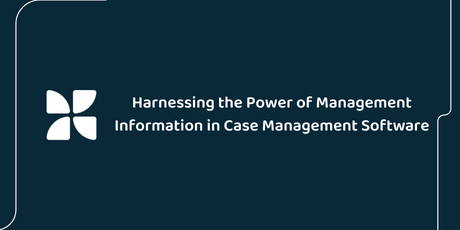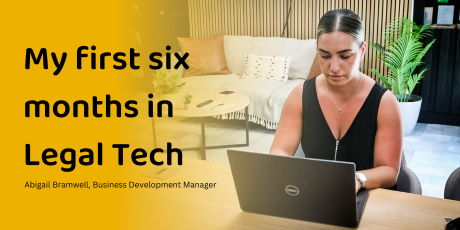Invest in time: the merits of saving minutes
No matter the side of the desk you are sat at – be it as a prospective purchaser or conveyancer – the legal processes associated with residential and commercial property transactions can feel torturously slow.
Societal sympathy, however, tends to fall with the former, particularly in respect of would-be buyers whose excitement at the prospect of stepping across the threshold of a new home can be severely tempered by the realities of ID checks, Land Registry liaison and environmental searches.
But discontent over delays is, of course, mutual, and in more than a decade of working alongside law firms, I’ve yet to meet a conveyancer who derives any professional pleasure from unnecessary protractions.
Why would they? Feet-dragging is not conducive to completions and fee earning.
That is not to say, though, that transactions cannot be significantly slicker for both solicitors and their clients.
Forgive me for citing a fellow technophile, but the late Steve Jobs once observed that “it’s really clear that the most precious resource we all have is time”, and in the case of conveyancing there is plenty of potential to claw back some of that valuable resource through the embrace of computing technology.
Automation can abridge the process and there is no shortage of off-the-shelf secure shortcuts – many pioneered and proven by other sectors – out there to assist forward-thinking firms with the administrative heavy lifting.
For example, the invention of e-signing, photo-recognition technologies and PDF verification can transform client onboarding and negate the need for face-to-face appointments and a reliance on “snail mail”.
There is no reason why a customer base accustomed to using smartphones to pay for a pint, book flights and manage finances, can’t access and sign forms and submit proof of identification using their digital device of choice.
Similarly, a client being able to ask “Alexa” for an update on case progress rather than calling their conveyancer is as attainable as asking your Amazon assistant what the weekend’s weather has in store.
On the occasions when hearing reassurance from a human voice is necessary, smart phone systems are perfectly capable of prioritising calls and directing them to the right desk – saving a conveyancer from having to respond to queries on a file that could be handled by paralegal or administrative staff.
Plugging into solutions such as Armalyix can also shoulder the burden of anti-money laundering and credit check steps, while tools from companies like Cleardata can provide practices with automated document scanning and processing services, archive storage, data capture and mailroom operations.
Importantly, the adoption of robotic process automation could enable time-intensive searches and Land Registry checks to begin almost immediately.
Unfortunately, cutting back the demands on conveyancers’ clocks – and in turn affording them more time to focus on the technical aspects of their work – is not without its challenges.
Sorting beneficial innovations from the proverbial emperor’s new clothes requires a trained eye, and I’d urge all conveyancing firms keen to find fast-forward buttons and futureproof their operations to entrust doing so to specialist support.
Independently investing in tech for tech’s sake and becoming home to a suite of shiny but standalone systems will not deliver the desired effect.
Look instead for an IT partner with a pedigree for curating best of breed solutions, the ability to configure them to your needs, and know-how to integrate them with any existing case and practice management tools.



